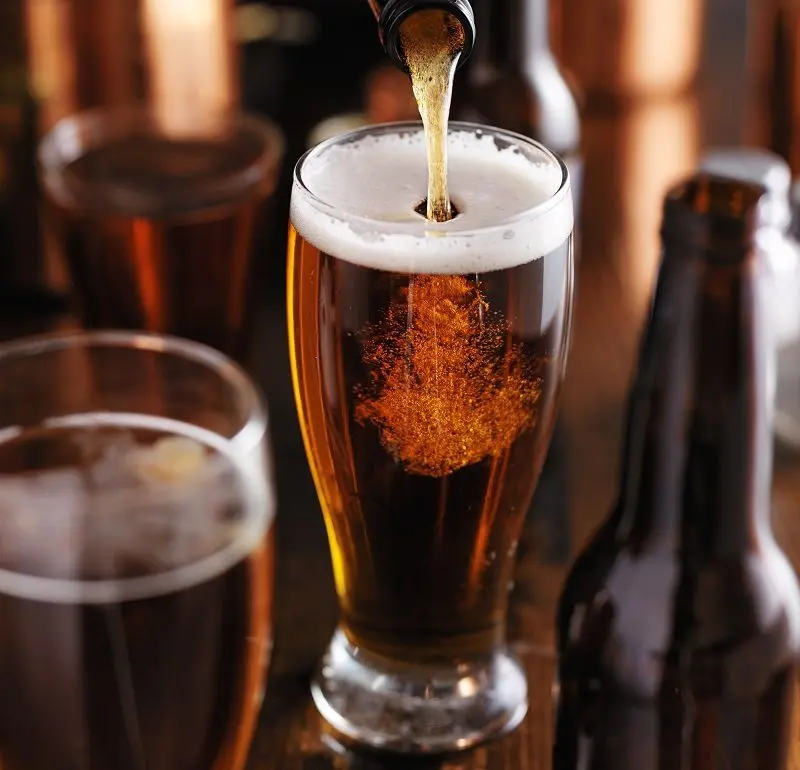A subspecies of the best bitter, but more dense and strong. It belongs to the line of premium ales, as it is made from the highest quality ingredients. In England, it is considered less of a style than a brand, as it is produced by only one manufacturer, Fuller’s, but in the US the term is applied to all British-type high-malt amber ales.
A strong bitter is distinguished by an increased degree, a pronounced malt profile (but not to the detriment of hop bitterness), and drinkability. Style standards are loosely defined, giving manufacturers ample room for experimentation.
The hop component is usually manifested by tones of earth, resin, flowers, malt “sounds” with bread, toast, biscuit, nuts. Slight fruitiness is possible, a slight aftertaste of diacetyl is not contrary to style standards. Unlike other bitters, in strong hops and malt are almost balanced, hops almost do not dominate. The finish is dry.
The drink has an amber color of varying intensity, it is a transparent low-carbonated ale that forms a light creamy foam in the glass.
Strong ale carbonation depends on its type – in export versions this parameter is higher. The increased degree is manifested by pleasant warmth, but the drink should not burn. The body of the ale is medium.
A strong bitter is made from pale malt (predominantly ale) with a slight addition of black just for color. The technology does not prohibit adding sugar, corn, wheat to the composition. Yeast must be British, hops must be English, but this is not a strict requirement. Some brands use high sulphate water.
Compared to the best bitter, it has a more pronounced hop-malt balance and increased strength. Similar to British Strong Ale, but lighter in color and with a higher alcohol content. It differs from American pale ale by malt-caramel nuances in the bouquet.

Strength: 4.6-6.2%.
Density: initial 1.048-1.060, final 1.010-1.016.
Bitterness Index: 30-50 IBU.
Color: 8-18 SRM.









